How to Print Logo Designs on Metal
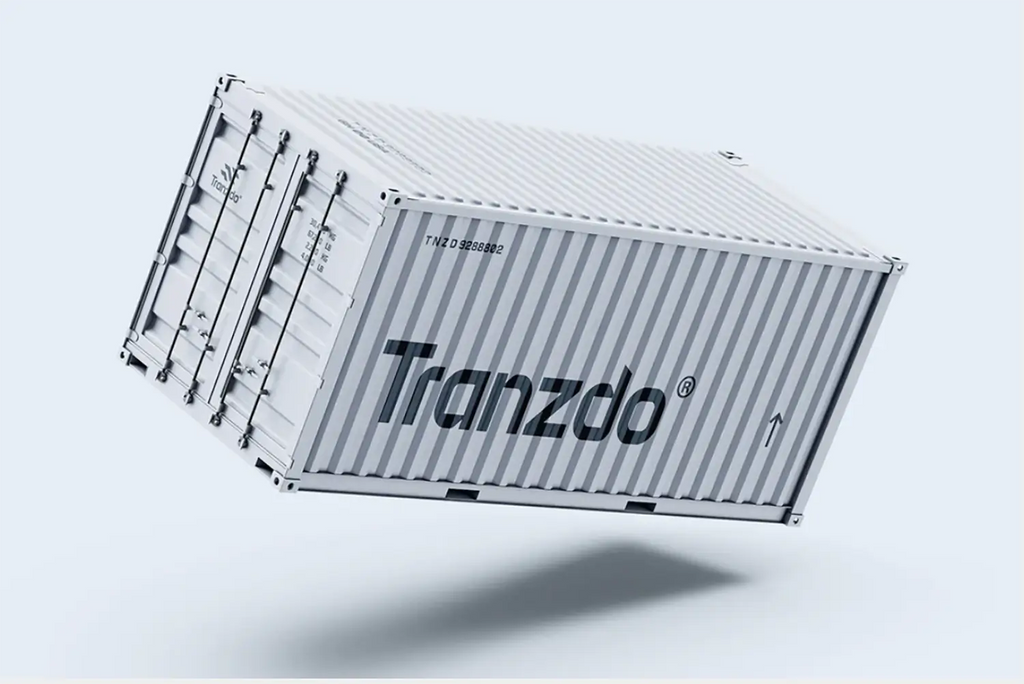
Source: Fahim Asad, Tranzdo, Behance, https://www.behance.net/gallery/168188319/Tranzdo-Logistic-Company-Brand-Identity
Printing logo designs on metal is a sophisticated process that combines artistry with technical expertise. This method not only enhances the aesthetic appeal of a brand but also provides durability that withstands environmental factors. Whether you are considering metal for business signage, personalized promotional items, or unique decor, understanding the nuances of metal print technology is essential.
The key to successful metal printing lies in selecting the right type of metal, preparing the surface properly, and choosing inks and treatments that are specifically suited for metal substrates. From aluminum to stainless steel, each metal requires a specific approach to ensure that the print is vivid, lasting, and effective in conveying your brand's message. This article will guide you through the essential steps and considerations to print logo designs on metal, ensuring high-quality results that meet professional standards.
Understand Metal Types
When planning to print logo designs on metal, understanding the various metal types and their properties is crucial. Metals like aluminum, stainless steel, brass, and copper each offer unique benefits and challenges in the printing process. Aluminum is lightweight and excellent for full-color prints, making it a popular choice for both indoor and outdoor applications. Stainless steel is highly durable and resistant to corrosion, ideal for environments that demand longevity. Brass offers a distinct, classy finish that ages beautifully, often used in high-end applications.
Copper, known for its natural antibacterial properties, develops a patina over time that can add a vintage look to the logo design. Selecting the right metal type involves considering the environment where the product will be used, the desired aesthetic, and the durability required. This knowledge ensures that the chosen metal enhances the logo's visual impact while maintaining its integrity over time.
Surface Preparation
Proper surface preparation is essential for achieving optimal print quality and durability when printing logo designs on metal. The preparation process begins with thoroughly cleaning the metal to remove any dirt, grease, or oxide layers. For metals like stainless steel and aluminum, using a degreaser or applying a mild alkaline solution can effectively cleanse the surface. Mechanical abrasion might be necessary for more textured metals to create a better adhesion surface for the inks. Chemical treatments, such as etching solutions, can be applied to certain metals to enhance ink adherence and prevent peeling or fading.
After cleaning, it’s important to ensure the metal is completely dry and free of contaminants before proceeding to the printing stage. This meticulous preparation helps in preventing defects in the print and extends the longevity of the metal print, ensuring that the logo maintains its appearance under various conditions.
Choose the Right Ink
Selecting the appropriate ink is pivotal for printing logo designs on metal, as it affects both the quality and durability of the final product. Inks formulated for metal substrates are designed to adhere better and resist environmental challenges like moisture, UV light, and extreme temperatures. Epoxy-based inks are a popular choice due to their robustness and long-lasting finish. They ensure that the print remains vibrant and does not chip away or fade over time. UV-curable inks are also beneficial for metal printing, offering quick drying times and resistance to fading.
These inks are cured using ultraviolet light, which instantly sets the ink, allowing for a more efficient production process. For projects requiring intricate detail and multiple colors, solvent inks might be the preferred option. They penetrate the metal surface deeply, ensuring that the print will not peel off easily. When choosing inks, it’s essential to consider the specific requirements of the project, such as exposure conditions and the metal type, to ensure optimal compatibility and longevity of the print.

Source: Harsh Vedani, Kapila Steels, Behance, https://www.behance.net/gallery/166589781/Kapila-Steels-Brand-Identity
Printing Technology
Advancements in printing technology have greatly enhanced the ability to print logo designs on metal with precision and efficiency. Screen printing and digital direct-to-metal printing are two common methods used in the industry. Screen printing is well-suited for larger batches and is renowned for its vibrancy and durability. This method allows for the application of thicker ink layers, which is ideal for creating bold and long-lasting designs. On the other hand, digital direct-to-metal printing offers greater flexibility for complex designs and smaller runs. This technology utilizes digital printers that can directly apply photographic-quality images onto metal surfaces.
The precision of digital printing ensures that even the most detailed logos are reproduced with clarity and sharpness. Both methods have their specific advantages, and the choice between them will depend on the project’s scale, the detail of the logo, and the type of metal being used. Understanding these technologies and selecting the right one for your needs is key to achieving high-quality results in metal logo printing.
Adhesion Promoters
Adhesion promoters play a critical role in the process of printing logo designs on metal, ensuring that the ink adheres properly to the metal surface. These substances are essential, particularly when working with non-porous or smooth metals such as stainless steel or aluminum. Adhesion promoters work by creating a chemical bond between the ink and the metal, enhancing the durability and longevity of the print. Commonly used promoters include silanes or chlorinated polyolefins, which are applied as a thin layer before the printing process begins. It's important to apply the promoter evenly and allow it to dry completely to achieve optimal results.
Using an adhesion promoter can significantly reduce the risk of the ink peeling, cracking, or fading over time. This step is especially crucial in applications where the metal will be exposed to harsh environmental conditions or frequent handling. By securing a strong bond between the ink and the metal, adhesion promoters ensure that the printed logo maintains its aesthetic appeal and functional integrity for an extended period.
Heat Treatment
Heat treatment is an integral part of the metal printing process, particularly when ensuring the durability and wear resistance of printed logos. This process involves exposing the metal and ink to high temperatures after printing, which helps to cure the ink and bind it more firmly to the metal surface. Heat treatment is beneficial for several types of inks, especially epoxy and thermosetting inks, which require heat to initiate a chemical reaction that solidifies the ink. The specific temperature and duration of heat treatment can vary based on the type of ink and metal used but generally range from a few minutes to several hours at temperatures that can exceed 200 degrees Celsius.
Proper heat treatment not only enhances the physical properties of the print, such as scratch resistance and UV stability but also ensures that the colors remain vibrant and do not fade quickly over time. When implementing heat treatment, it is essential to monitor the process closely to prevent overheating, which can distort the metal or degrade the ink quality.
Protective Coatings
Applying protective coatings to metal prints is a crucial step to ensure the longevity and durability of logo designs. These coatings serve as a barrier against environmental factors such as moisture, UV rays, and physical abrasion, which can degrade the quality of the print over time. Common types of protective coatings include varnishes, laminates, and specialized clear coats that enhance the print's resistance to weathering and fading. The choice of coating depends on the intended use of the printed metal. For outdoor applications, a UV-resistant topcoat is essential to prevent the colors from fading under sunlight exposure.
For indoor uses, a simpler varnish may suffice to protect against scratches and handling. It is important to apply the coating evenly and allow it to cure fully, as per the manufacturer’s instructions, to ensure optimal protection. This added layer not only preserves the aesthetic qualities of the logo but also contributes to the overall structural integrity of the printed item, making it an essential consideration for businesses aiming to maintain a professional appearance in all their branding materials.

Source: Gorkem Yazar, Elay Metal Branding, Behance, https://www.behance.net/gallery/163035389/ELAY-METAL-BRANDING
Environmental Considerations
Environmental considerations are increasingly important in the process of printing logo designs on metal. This involves choosing materials and processes that minimize environmental impact while maintaining product quality. Opting for eco-friendly inks and sustainable metal sources can significantly reduce the ecological footprint of your printing operations. Eco-friendly inks are typically water-based or made from organic materials, which emit lower levels of volatile organic compounds (VOCs) than traditional solvent-based inks. Additionally, recycling metal scraps and using recycled metals for prints can further enhance the sustainability of your projects.
Implementing energy-efficient printing technologies and waste management systems can also contribute to more environmentally responsible production practices. By incorporating these green practices, businesses not only comply with increasingly stringent environmental regulations but also appeal to a growing demographic of eco-conscious consumers, thus aligning brand values with environmental stewardship.
Drying and Curing Times
Drying and curing times are essential factors in the process of printing logo designs on metal, impacting the quality and durability of the final product. After printing, the ink on the metal surface must dry and cure properly to achieve optimal adhesion and resistance to environmental conditions. The specific drying time can vary based on the type of ink and printing method used. For instance, solvent-based inks generally take longer to dry as they require the solvent to evaporate completely, which can take several hours. UV-curable inks, on the other hand, are set almost instantaneously under UV light, greatly reducing drying times and allowing for faster production cycles.
Heat curing is also a common requirement, particularly for epoxy-based and thermosetting inks, where the metal must be heated to a specific temperature to facilitate chemical bonding. This process can range from a few minutes to several hours, depending on the ink formulation and metal type. It is crucial to adhere to the recommended drying and curing times provided by the ink manufacturer to ensure that the print does not smudge, crack, or peel off prematurely. Proper management of these times not only enhances the print’s durability but also ensures that the metal logo displays its intended aesthetic qualities flawlessly.
Maintenance Tips
Maintaining printed metal logos is key to preserving their visual appeal and structural integrity over time. Proper maintenance starts with regular cleaning, which should be done gently to avoid scratching or damaging the print. Use a soft cloth and mild cleaning solutions suitable for the type of metal and ink used. Avoid abrasive materials and strong chemicals that could corrode the metal or degrade the ink. For outdoor metal signs or items exposed to harsh conditions, more frequent cleaning may be necessary to remove dirt, dust, and pollutants that can accumulate on the surface.
Additionally, it is advisable to periodically check for signs of wear or damage, such as fading, chipping, or corrosion, especially in environments with extreme weather conditions. If protective coatings were applied, inspect them regularly to ensure they remain intact and reapply them as necessary to extend the life of the print. By following these maintenance tips, you can ensure that your metal logo designs continue to represent your brand effectively and attractively, withstanding the test of time and exposure.
Conclusion
Printing logo designs on metal requires meticulous attention to detail across various stages—from selecting the right type of metal and ink to applying adhesion promoters and protective coatings. Each step ensures that the final product not only meets aesthetic standards but also withstands environmental challenges. By adhering to best practices for surface preparation, printing technologies, and maintenance, businesses can enhance the durability and visual impact of their metal logos. Embracing these techniques will not only preserve the quality of your metal prints but also strengthen your brand's presence in the marketplace.
Let Us Know What You Think!
Every information you read here are written and curated by Kreafolk's team, carefully pieced together with our creative community in mind. Did you enjoy our contents? Leave a comment below and share your thoughts. Cheers to more creative articles and inspirations!

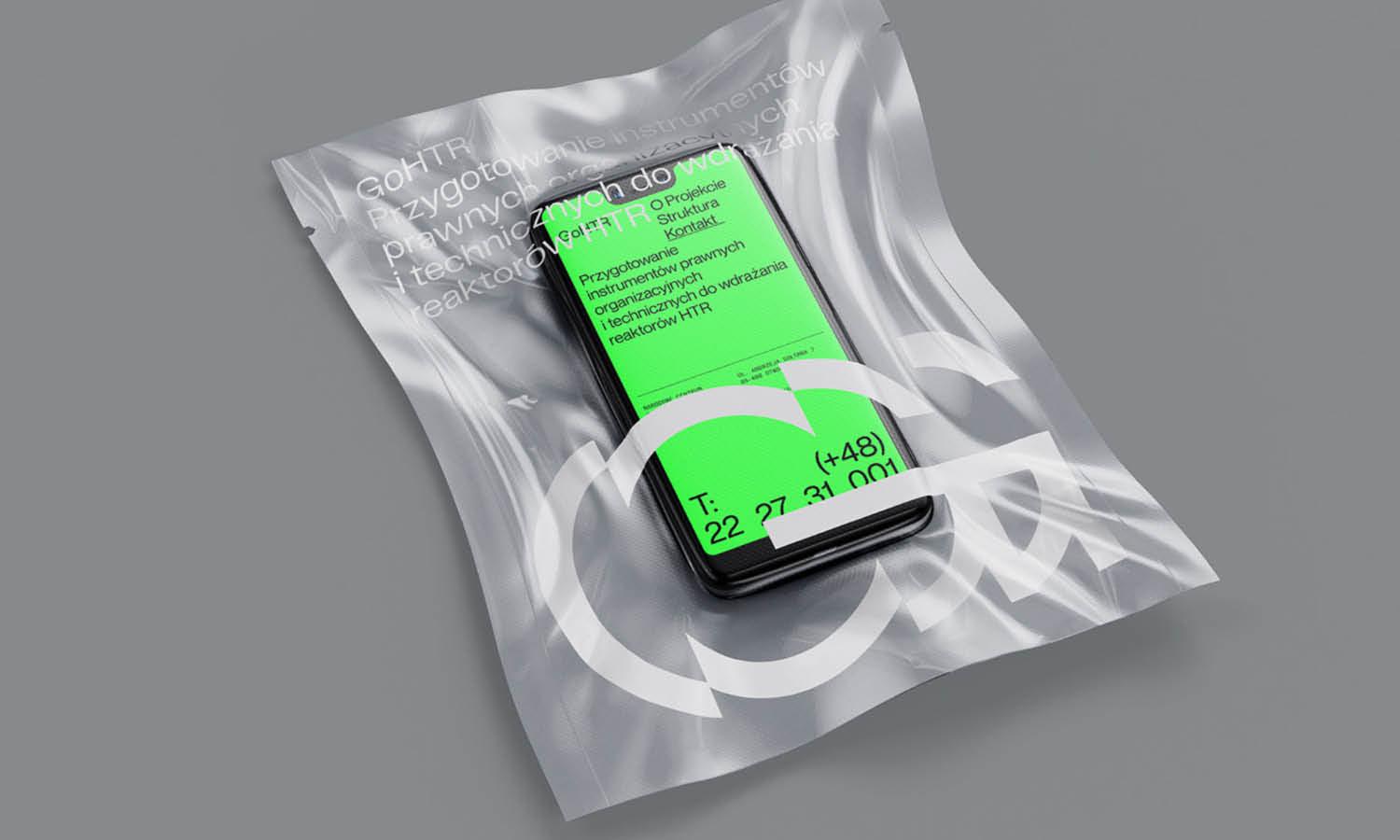
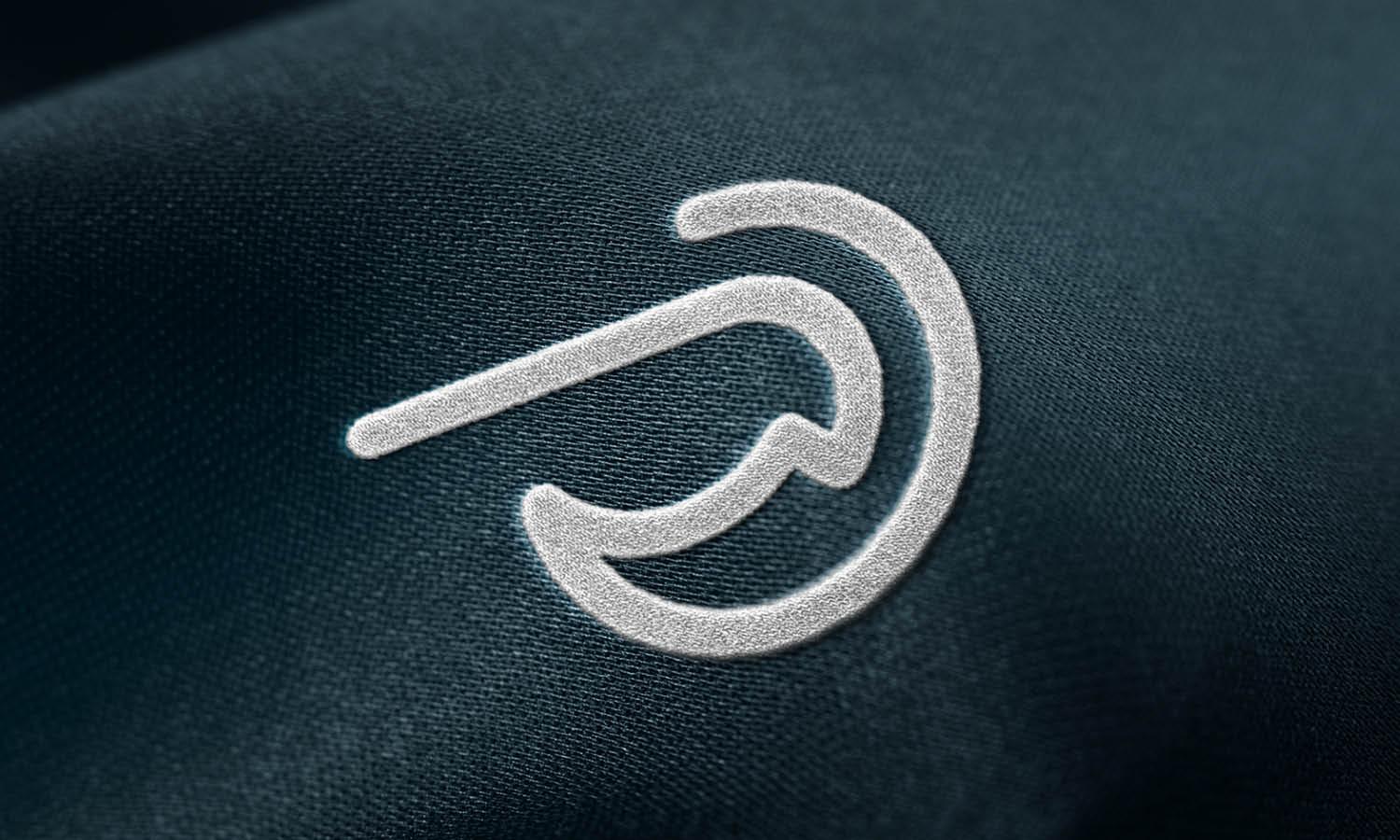
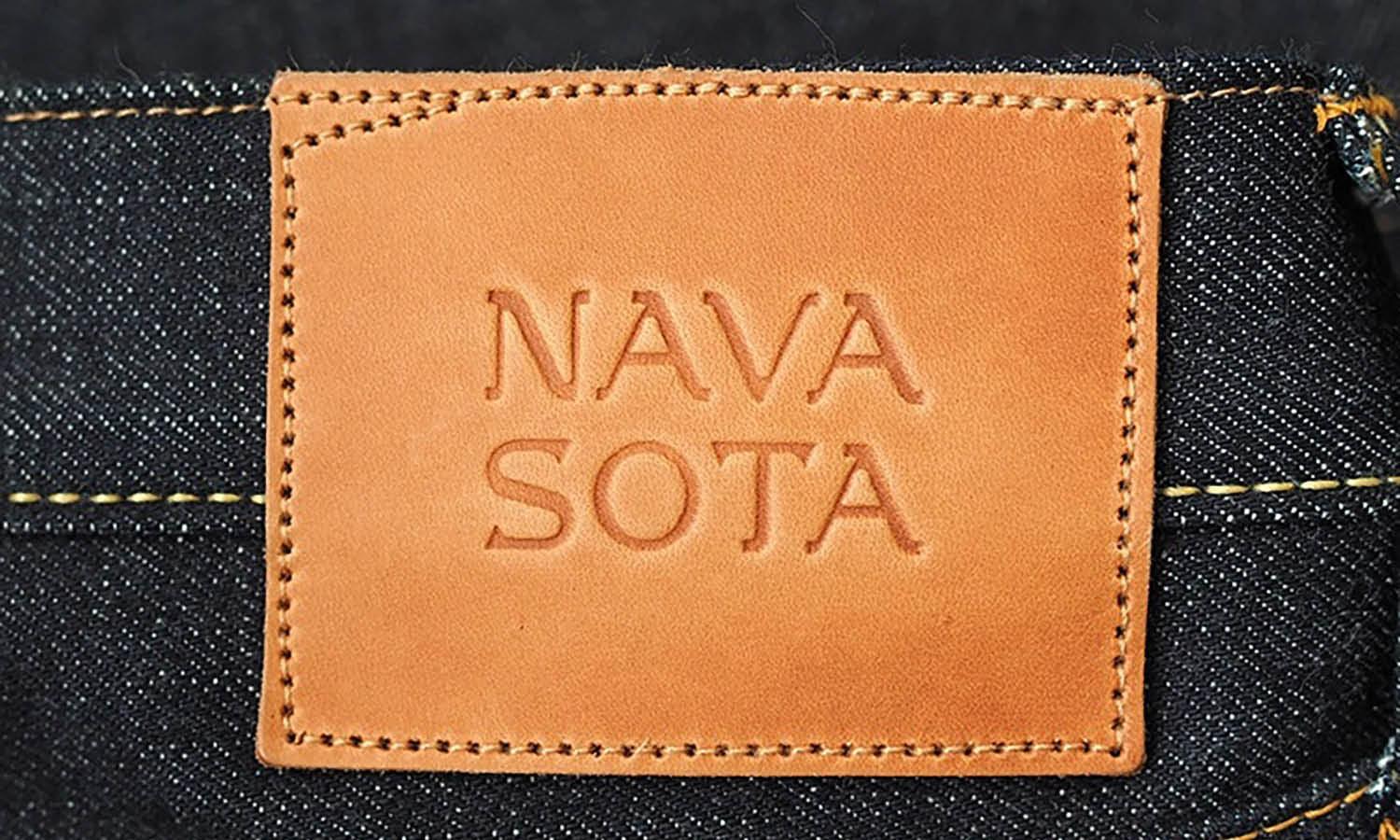

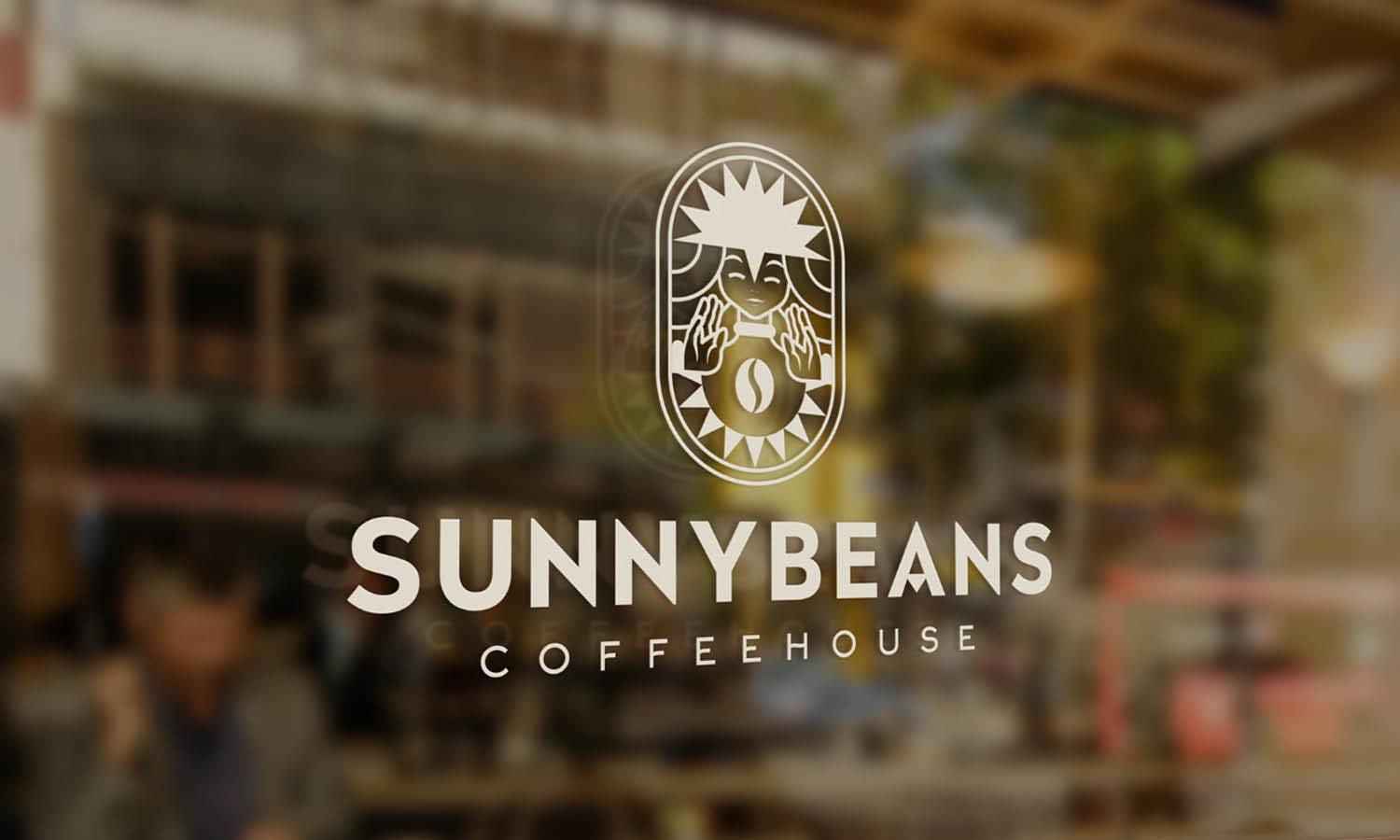
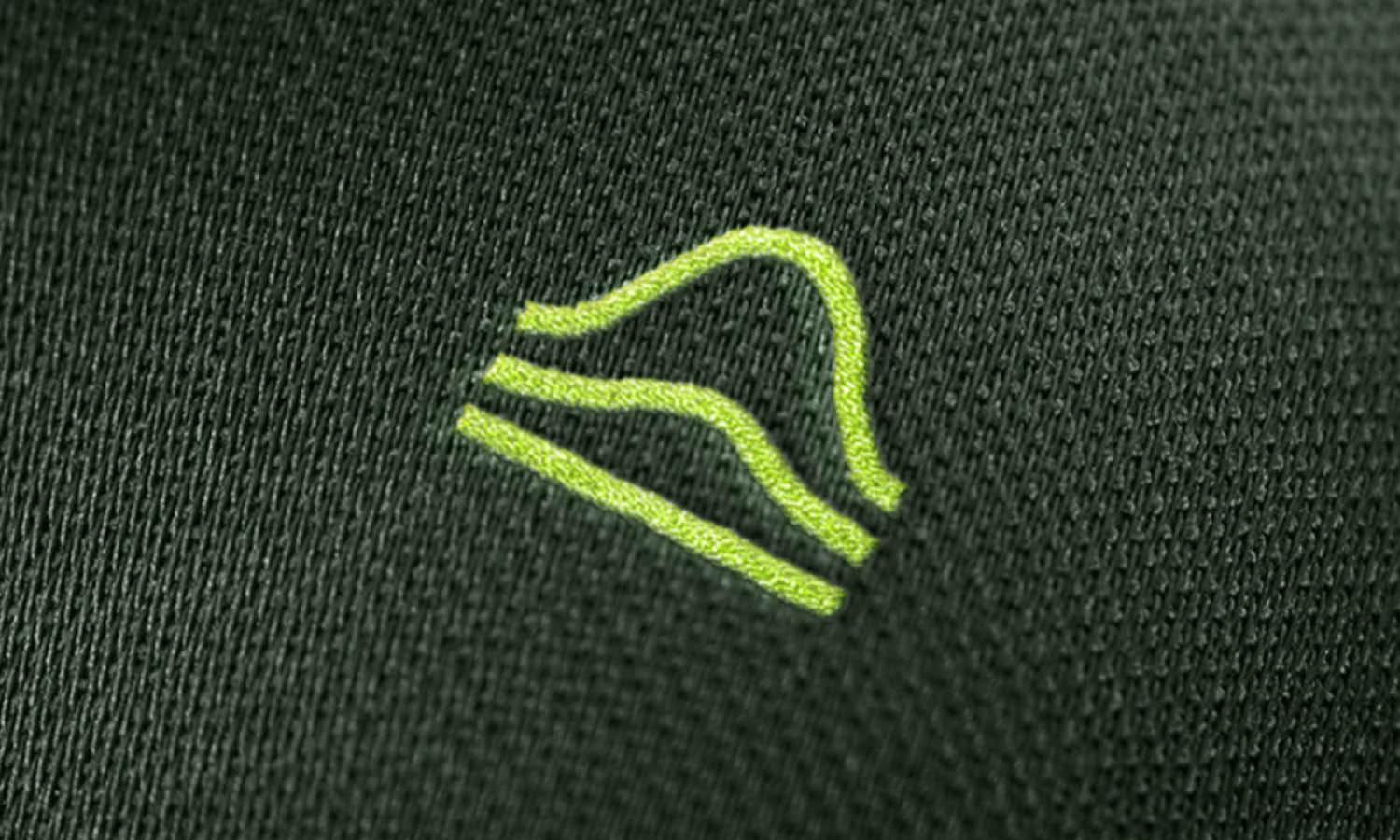
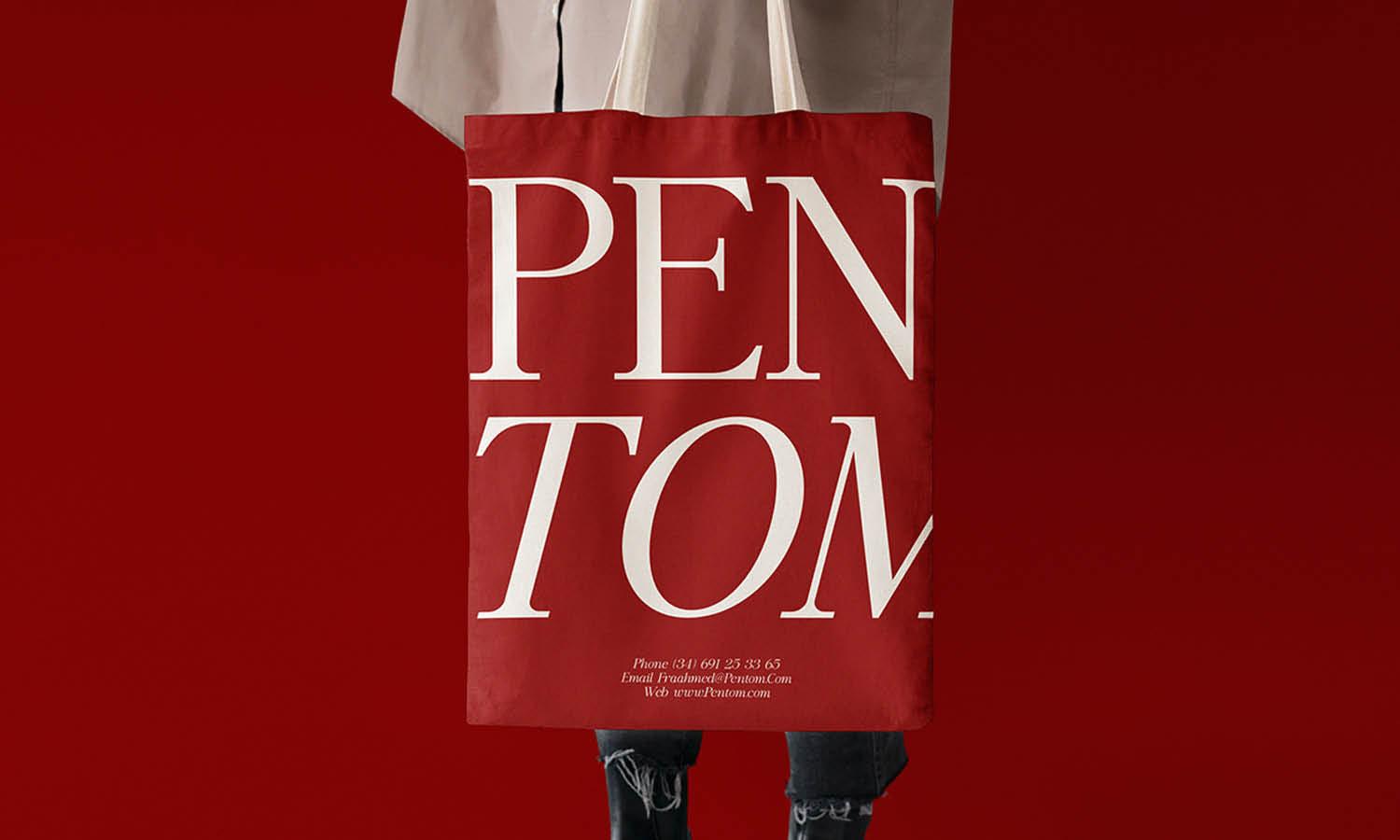

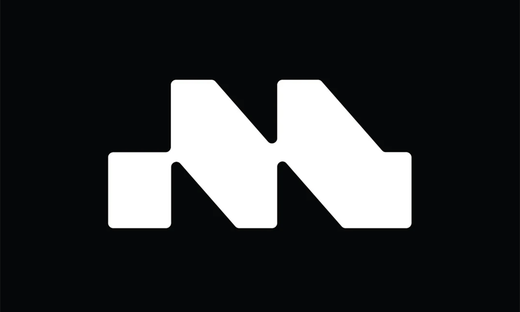






Leave a Comment